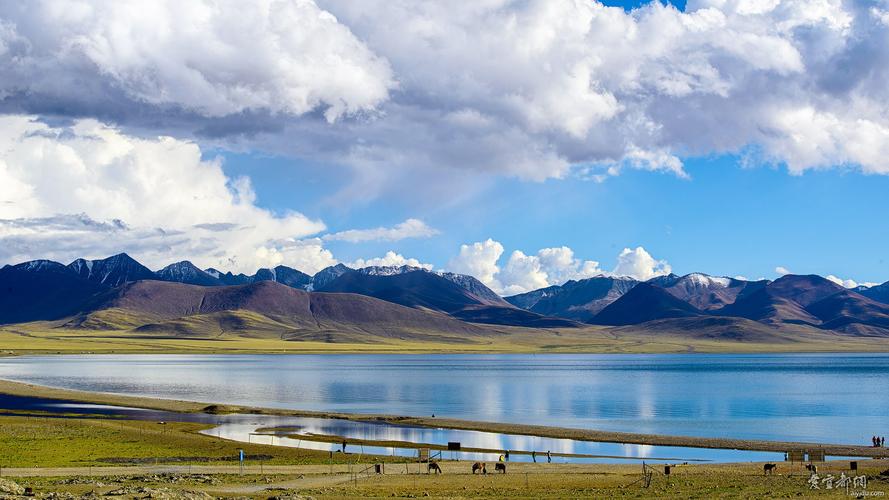Yellowstone National Park is one of the most sought-after backpacking destinations in the United States, with its breathtaking landscapes, geothermal features, and abundant wildlife. If you’re planning on taking a backpacking trip in Yellowstone, there are some things you need to keep in mind to make your trip enjoyable and unforgettable. In this article, we’ll provide you with some tips on how to plan the ultimate backpacking trip in Yellowstone National Park.
Choose the best time to visit
Yellowstone has different seasons, each with its unique offerings. The park is accessible all year round, but some roads and trails may be closed during the winter months due to heavy snowfall. The best time to backpack in Yellowstone is during the summer months, from June to September when the weather is milder, the days are longer, and the trails are more accessible. However, this is also the busiest time of the year, and you may encounter crowds, so plan your trip accordingly.
Pick your route
Yellowstone has a plethora of backpacking trails to choose from, ranging from short day hikes to multi-day backpacking trips. The park has a backcountry permit system that allows you to reserve a camping spot or campsite along your chosen route. The system ensures that you have a place to backcountry camp and minimizes the environmental impact on the park’s ecosystem. When selecting your backpacking route, consider your fitness level, the season, and the duration of your trip.
Gear up
Packing the right gear is crucial to the success of your backpacking trip in Yellowstone. Ensure you have a sturdy backpack, tent, sleeping bag, sleeping pad, cooking supplies, food, and water treatment system. Carry enough clothing to keep you warm, even in colder temperatures, as Yellowstone can get chilly at night, even in the summer. Research the weather patterns for the time of year you plan to visit and pack accordingly.
Follow Leave No Trace Principles
Yellowstone National Park is home to an extensive and delicate ecosystem that must be respected. To prevent damage to the environment, it is crucial to follow Leave No Trace Principles when backpacking in the park. These principles include packing out all your trash, observing wildlife from a distance, camping in designated campsites, and avoiding disturbing natural features.
Safety First
Whenever you’re in nature, safety should be at the forefront of your mind. When backpacking in Yellowstone, you may encounter wildlife, including bears, wolves, and bison. It is essential to take appropriate precautions, such as carrying bear spray, hiking in groups, making noise on the trail, and storing your food and other scented items securely.
Conclusion
Backpacking in Yellowstone National Park can be a once-in-a-lifetime experience if you plan accordingly and adhere to park regulations. Consider the best time to visit, choose your route, pack the right gear, follow Leave No Trace Principles, and prioritize safety. By following these tips, you’ll be able to plan the ultimate backpacking trip in Yellowstone that you’ll cherish for years to come.
(Note: Do you have knowledge or insights to share? Unlock new opportunities and expand your reach by joining our authors team. Click Registration to join us and share your expertise with our readers.)
Speech tips:
Please note that any statements involving politics will not be approved.
